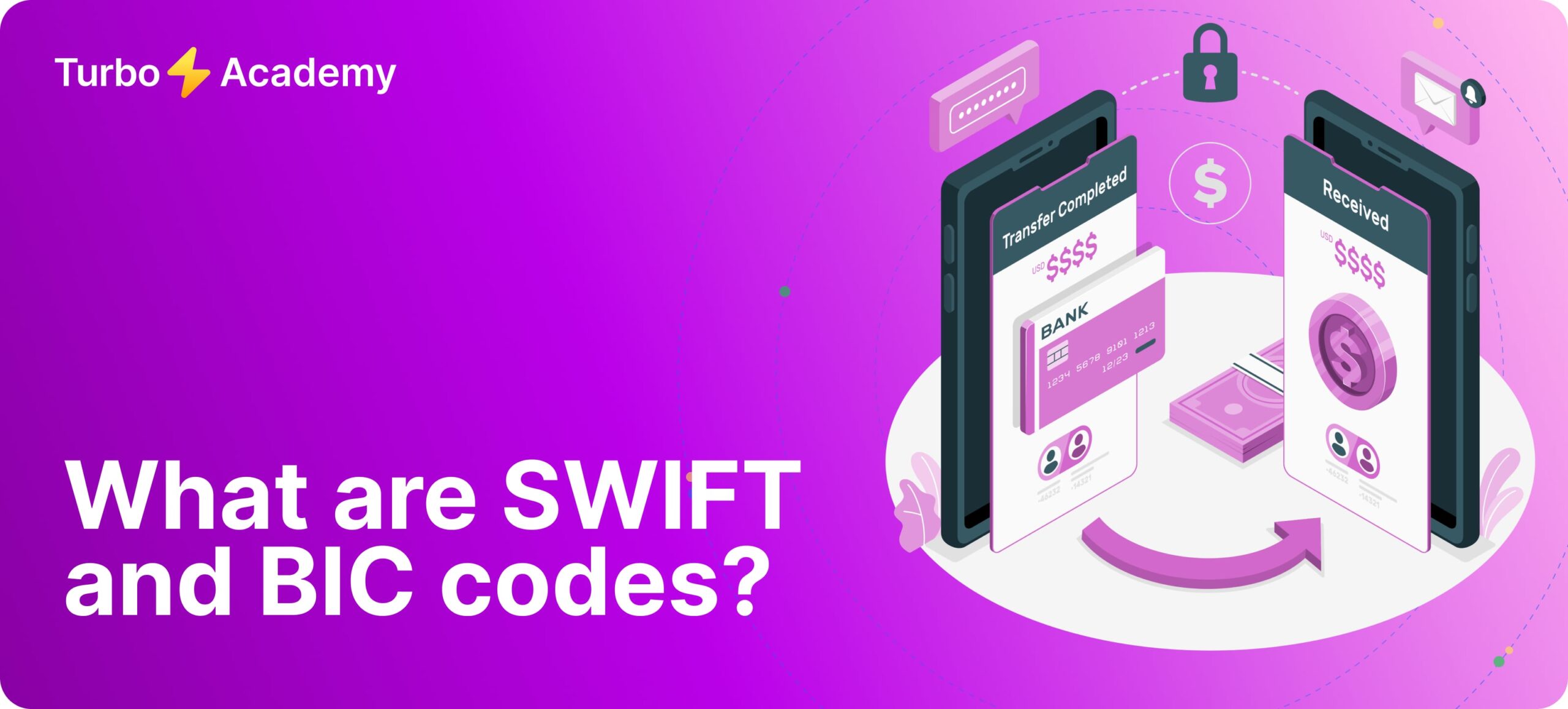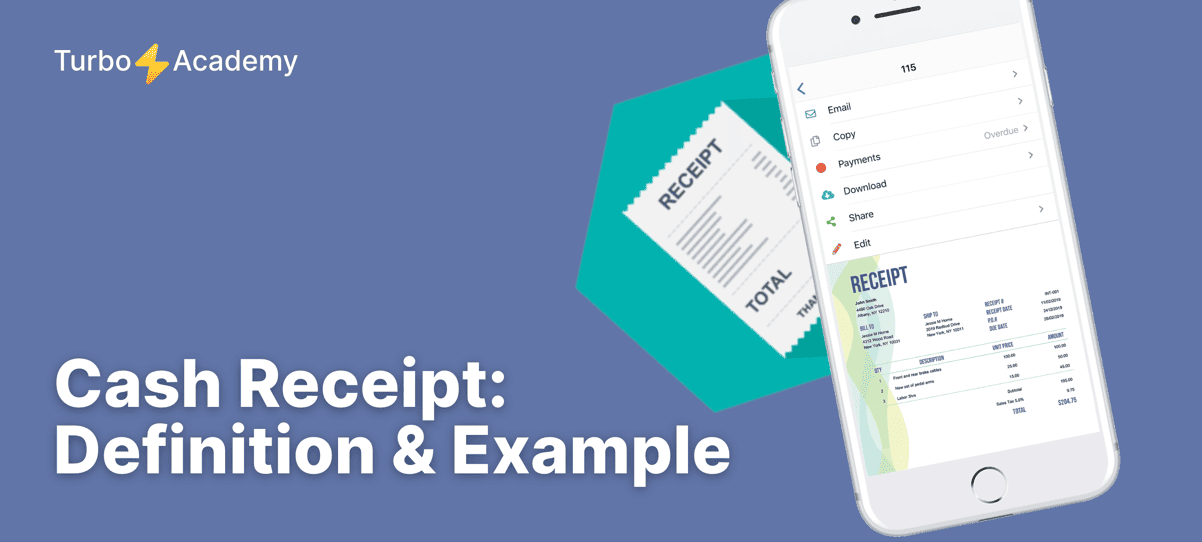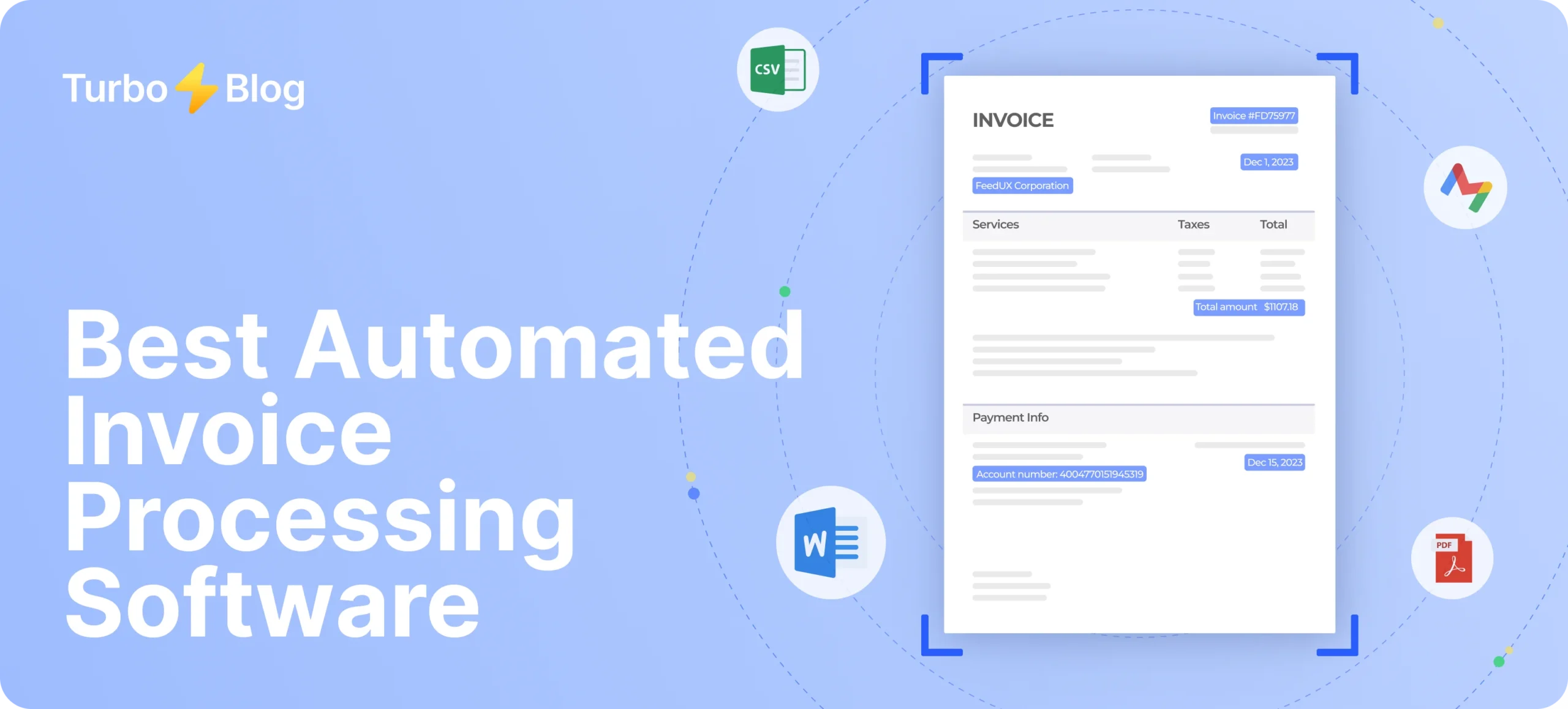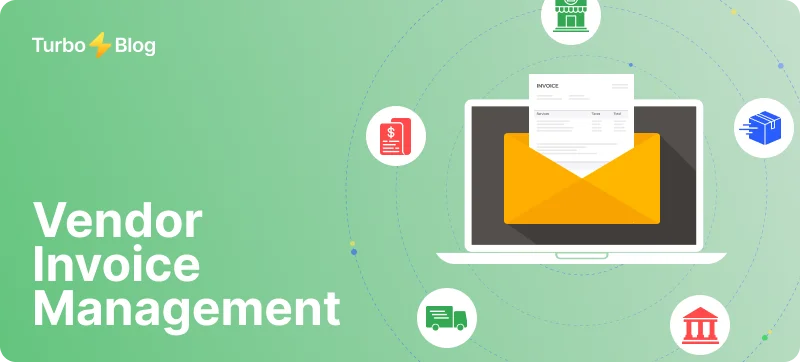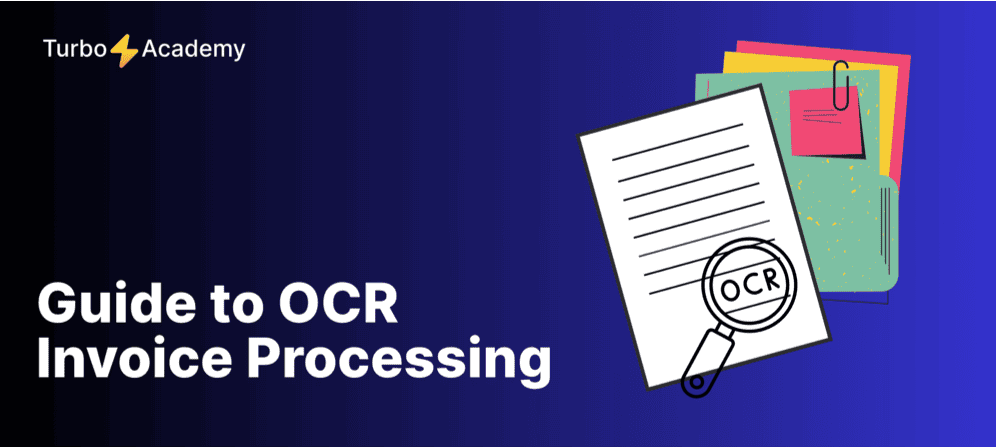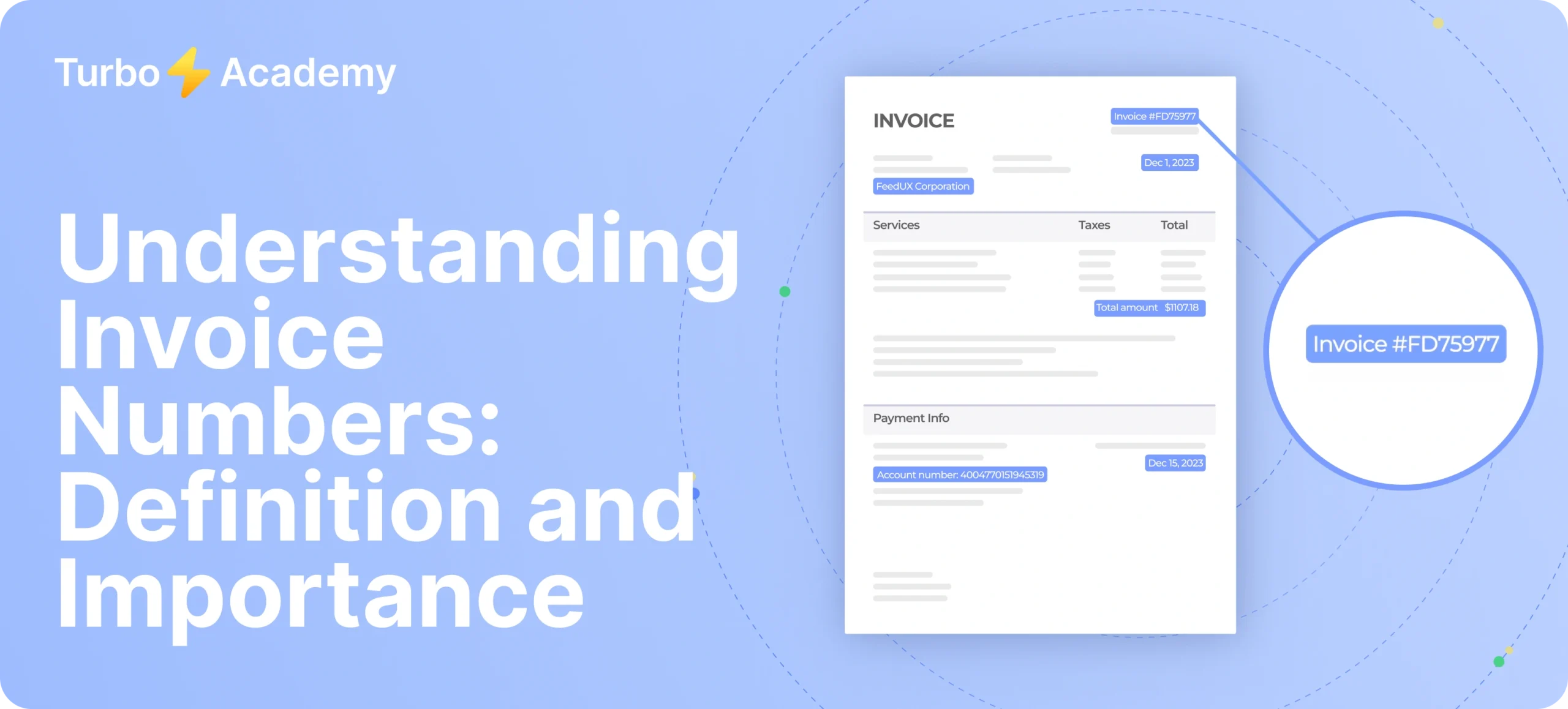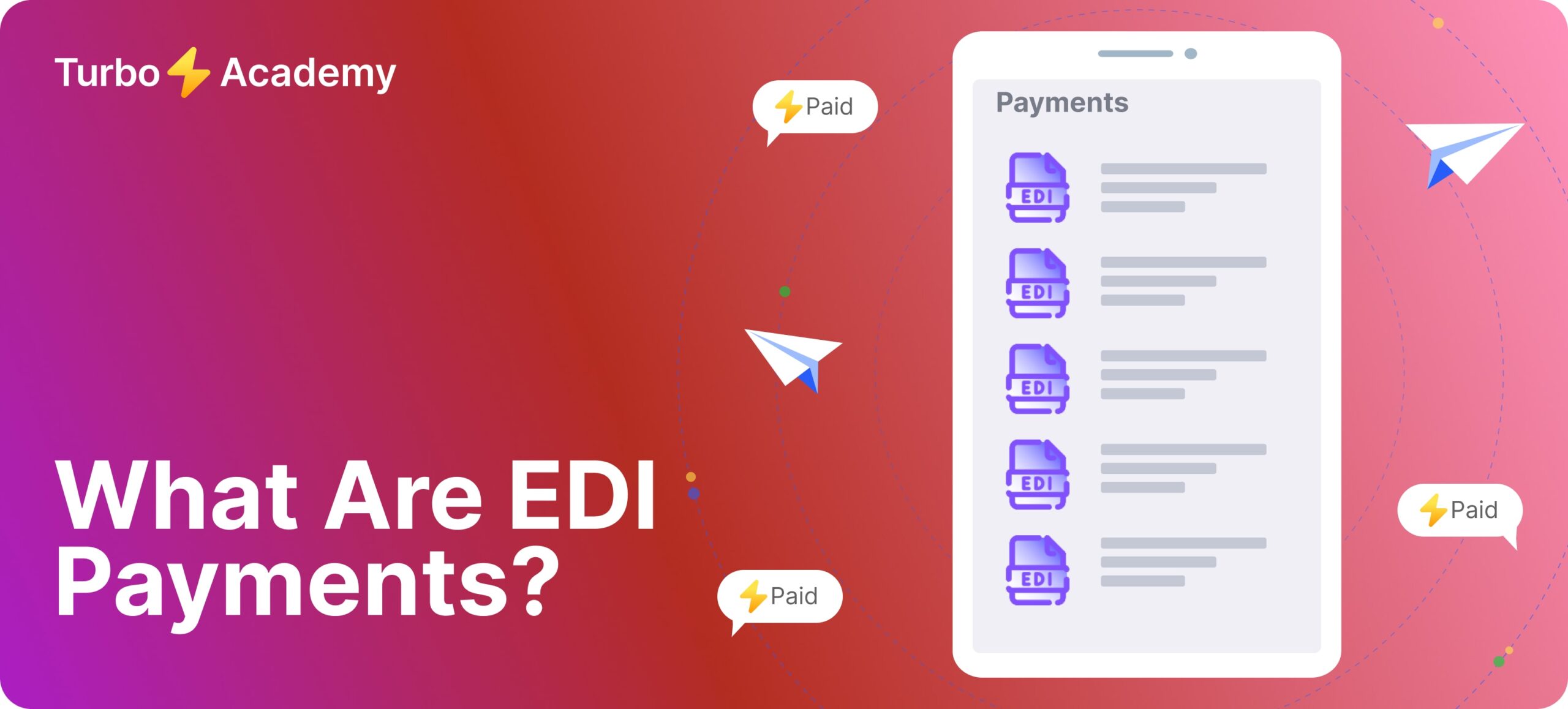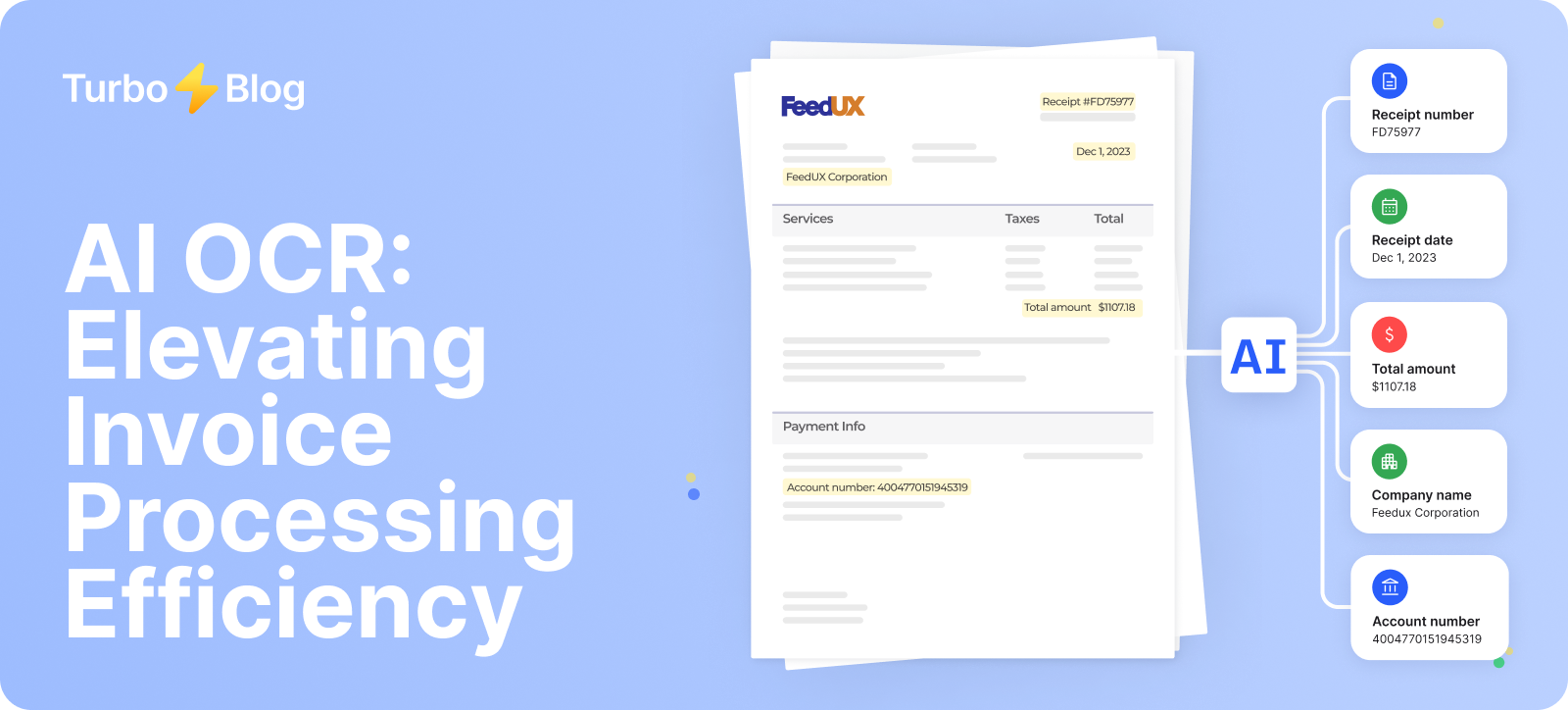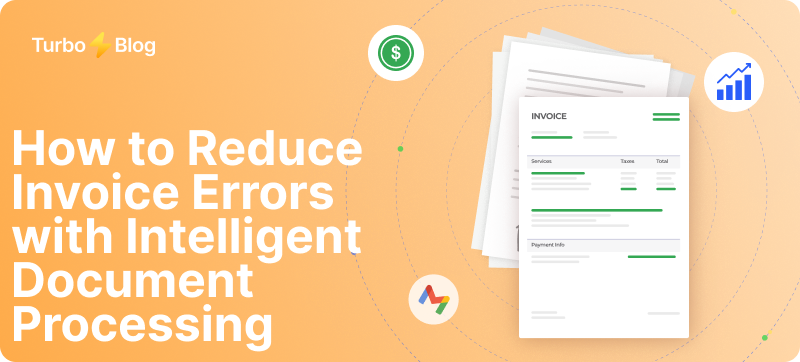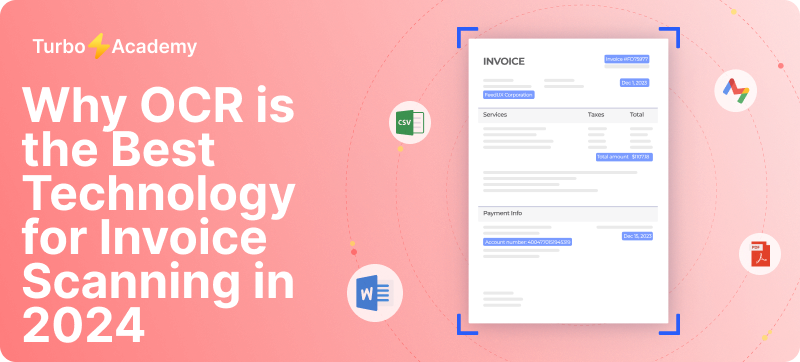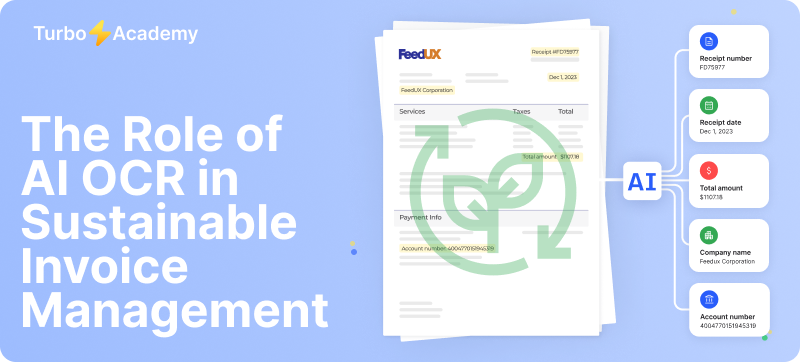In our increasingly interconnected world, businesses often find themselves engaging in international transactions. As a result, understanding the intricacies of global banking systems has become more important than ever.
One crucial aspect of international money transfers is the use of BIC/SWIFT codes. These unique identifiers play a vital role in ensuring that funds reach their intended destination quickly and securely.
In this article, we’ll dive into the world of BIC/SWIFT codes, exploring their purpose, structure, and how they facilitate seamless cross-border payments. By the end, you’ll have a clear understanding of these codes and how they can benefit your business when sending or receiving money internationally.
Automate document processing with TurboDoc
Recognize invoices, contracts, and forms in seconds. No manual work or errors.
Try for free!
What is a BIC/SWIFT Code?
A BIC (Bank Identifier Code) or SWIFT (Society for Worldwide Interbank Financial Telecommunication) code is a unique identifier assigned to a specific bank for international transactions. These 8-11 character codes serve as a global standard, allowing banks and financial institutions to communicate securely and efficiently when transferring money across borders.
BIC/SWIFT codes play a crucial role in ensuring that international money transfers are processed correctly. By providing a standardized format for identifying banks, these codes minimize the risk of errors and delays in cross-border transactions. Over 40,000 live SWIFT codes are currently in use, spanning more than 200 countries and 11,000 institutions worldwide.
The primary purpose of a BIC/SWIFT code is to facilitate secure and error-free money transfers between banks in different countries. When you provide your bank’s BIC/SWIFT code to the sender, they can ensure that the funds are routed to the correct institution. This standardized system helps to streamline the international payment process, making it faster and more reliable for businesses and individuals alike.
Understanding the BIC/SWIFT Code Format
BIC/SWIFT codes serve as essential identifiers for banks worldwide, enabling seamless processing of international transactions. These codes, composed of 8 or 11 characters, provide specific information about a bank’s location and branch, aiding in the efficient routing of cross-border payments.
The Components of a BIC/SWIFT Code
- Bank Code: The initial four letters signify the bank code, uniquely identifying the financial institution. This part of the code often reflects an abbreviation of the bank’s name, ensuring the funds are directed to the correct entity.
- Country Code: These two letters follow the bank code and represent the bank’s geographical location using ISO country codes. This standardization simplifies the identification of the bank’s country of operation.
- Location Code: The next two characters, which can be either letters or numbers, indicate the location of the bank’s head office. This component provides further specificity, pinpointing the city or region of the bank’s main operations.
- Branch Code: An optional part of the code, the final three digits, specify the exact branch within the bank. This level of detail is not always used but offers precise routing information when included.
By understanding these components, businesses can navigate the complexities of international finance with greater confidence and accuracy. This structured approach ensures that global transactions are not only efficient but also secure, fostering trust in the financial system.
When Do You Need a BIC/SWIFT Code?
BIC/SWIFT codes are crucial for ensuring smooth and accurate processing of international payments. They are required whenever you engage in financial dealings that cross national borders, as these codes provide the necessary details to pinpoint the exact institution and account for the transaction. In the global banking ecosystem, BIC/SWIFT codes act as essential identifiers that help mitigate the risk of errors and ensure that funds are directed to the correct destination.
Key Scenarios Requiring BIC/SWIFT Codes
- International Wire Transfers: For transactions involving sending money to a foreign bank account, a BIC/SWIFT code is indispensable. It provides the specific information needed to deliver funds to the right bank, preventing misrouting and ensuring timely processing of international transfers.
- SEPA Payments: Within the Single Euro Payments Area, BIC/SWIFT codes facilitate the seamless movement of euro transactions across member states. By adhering to these codes, businesses can ensure compliance with SEPA standards, promoting smooth cross-border euro payments.
- Cross-Border Business Transactions: Companies that trade internationally often rely on BIC/SWIFT codes to handle payments for imports and exports. These codes streamline the financial transactions necessary for global trade, supporting robust business operations by ensuring payments are accurately and efficiently processed.
Without a BIC/SWIFT code, banks face the challenge of correctly routing funds, which can lead to transaction delays or failures. By providing a uniform method for banks to communicate transaction details, these codes enhance the security and dependability of cross-border financial exchanges, reinforcing trust in international banking. Understanding the application of BIC/SWIFT codes enables businesses to efficiently manage their international financial activities, ensuring precise execution of transactions.
Automate document processing with TurboDoc
Recognize invoices, contracts, and forms in seconds. No manual work or errors.
Try for free!



How to Find Your BIC/SWIFT Code
Discovering your BIC/SWIFT code can be accomplished through a variety of straightforward methods, ensuring you have the necessary details for international banking. These options will guide you through the process efficiently and accurately.
Reviewing Bank Documents
One reliable method is to look through your bank account statements, which often list the BIC/SWIFT code among other account details. This ensures you receive the most direct and accurate information, as it comes straight from your financial institution.
Utilizing Online Banking Platforms
Accessing your online banking account can provide a convenient way to retrieve your BIC/SWIFT code. Typically found in the international banking or account settings sections, this information is readily available once you log in, offering a quick way to verify the details needed for global transactions.
Exploring Online Code Finders
For those who prefer using digital solutions, online BIC/SWIFT code finders serve as an effective tool. By inputting your bank’s name and location, these platforms can quickly provide the code you need. To ensure precision, it’s advisable to confirm the details with your bank, as online databases may sometimes have outdated information.
Direct Communication with Your Bank
If other methods do not yield results, reaching out to your bank directly is a sure way to obtain your BIC/SWIFT code. Banks typically offer several channels for communication, such as phone, email, or live chat, where customer service representatives can provide the information you need and address any further questions about international transfers.
Automate document processing with TurboDoc
Recognize invoices, contracts, and forms in seconds. No manual work or errors.
Try for free!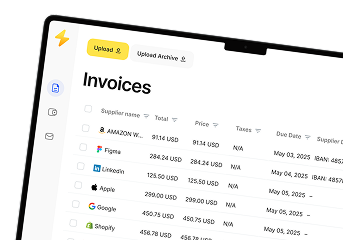
Using Your BIC/SWIFT Code for International Money Transfers
For international money transfers, proper use of your BIC/SWIFT code is crucial for ensuring funds navigate through the global banking network correctly. You need to provide this code accurately to the sender or enter it carefully when processing a transfer abroad. This precision is key to ensuring that funds reach the intended account without unnecessary complications.
Maintaining Precision
Accuracy in using BIC/SWIFT codes cannot be overstated. Verifying the code before completing a transaction helps avoid common issues like transfer delays or errors. Small mistakes, such as incorrect characters or misplaced numbers, can lead to significant disruptions. Thus, confirming the format—with no extra spaces or typographical mistakes—ensures the successful execution of international transactions.
Evaluating Alternative Transfer Methods
While traditional banking channels are a common choice for international money transfers, exploring other services can offer financial benefits. Digital money transfer platforms often provide more favorable fees and competitive exchange rates, enhancing the cost-effectiveness of your transactions. By considering these options, you can optimize the efficiency and economy of your international payments, ensuring both security and reliability.
Automate document processing with TurboDoc
Recognize invoices, contracts, and forms in seconds. No manual work or errors.
Try for free!
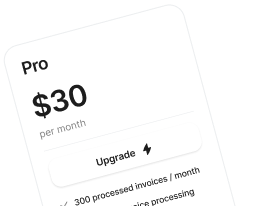

Conclusion
By understanding the role of BIC/SWIFT codes and how to use them effectively, you can navigate the world of international money transfers with confidence. As global transactions become increasingly common, having the right tools and knowledge is essential for businesses and individuals alike. We invite you to start a free trial to experience how TurboDoc’s invoice processing capabilities can streamline your financial operations and help you thrive in the global marketplace.
❓ BIC / SWIFT Code FAQs
What is a BIC SWIFT code and why is it important?
A BIC (Bank Identifier Code), also known as a SWIFT code, is used to uniquely identify banks worldwide for secure international transactions. It ensures your money reaches the correct financial institution.
How can I find my SWIFT/BIC code?
You can find your bank’s SWIFT/BIC code on your bank statement, in online banking, or by contacting your branch. Many banks also list it on their official websites.
Do all banks have a SWIFT/BIC code?
Not every bank has its own SWIFT code. Smaller banks sometimes use the code of a larger correspondent bank to process international payments.
Is a SWIFT code the same as a routing number?
No. A SWIFT/BIC code is used internationally to identify banks, while a routing number is used in the U.S. for domestic payments.
Can I find my BIC number online?
Yes. Many banks provide this information online through their websites, mobile apps, or account portals.
What is a BIC SWIFT code in the USA?
In the U.S., SWIFT codes are used for international transfers, while domestic transfers rely on routing numbers. Large American banks typically have their own SWIFT codes.
What is an example of a BIC code?
A BIC code usually has 8–11 characters, e.g., DEUTDEFF (for Deutsche Bank in Frankfurt).

